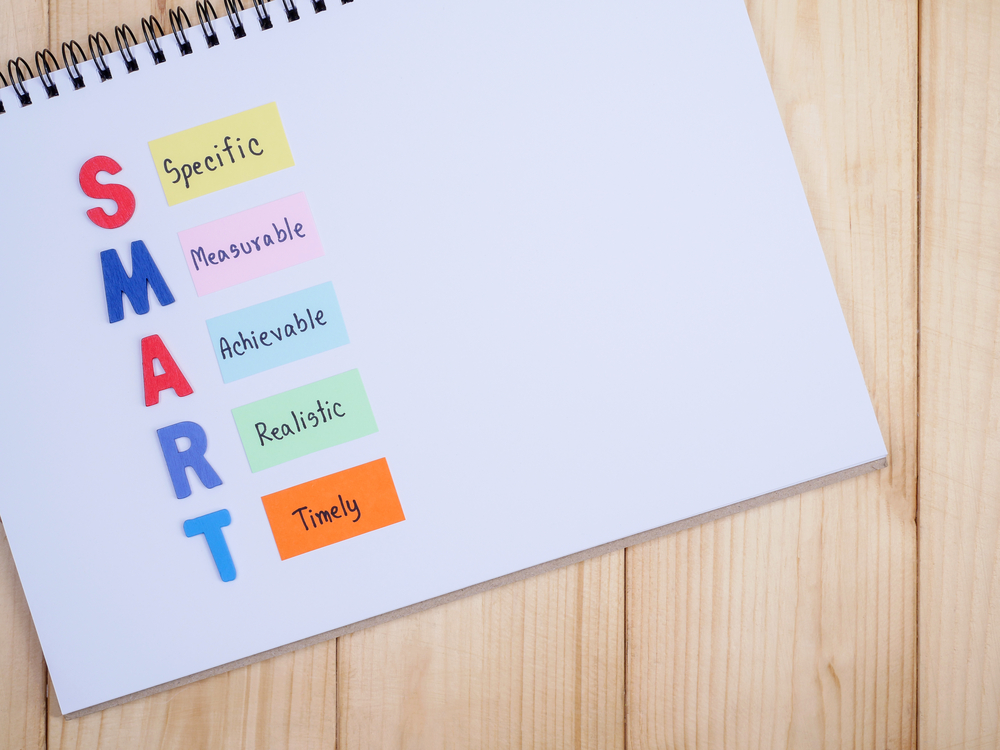The only person who can create an effective classroom plan is in the classroom.
SENCO
Creating a Classroom Support Plan (CSP) is a collaborative effort between the Special Education Teacher (SET) and the classroom teachers to ensure that each pupil’s unique needs are met. Here we outline the steps involved in developing an effective CSP, emphasizing the importance of teamwork and detailed planning.
Collaboration with Class Teachers
The first step in creating a CSP is to meet with the class teacher. This initial meeting sets the stage for a productive partnership where both teachers can share their insights and observations about the pupil. Understanding the pupil’s strengths and areas for improvement is crucial for setting realistic and achievable goals.
Setting SMART Targets

Setting clear learning targets is essential for any support plan. SMART targets—Specific, Measurable, Achievable, Realistic, and Timely—provide a structured approach to goal-setting. These targets should be tailored to the pupil’s individual needs and abilities, ensuring they are challenging yet attainable. For example, instead of setting a vague goal like “improve reading skills,” a SMART target would be “increase reading comprehension score by 10% over the next term.“
“Top tip… Less is more. Keep targets manageable. Three or four that are specific to the child are more than enough”
Planning Teaching Methods and Approaches
Once the targets are set, the next step is to plan the teaching methods and approaches. This involves deciding on the instructional strategies and interventions that will be used to help the pupil achieve their goals. Whether it’s one-on-one tutoring, small group instruction, or differentiated learning activities, the chosen methods should align with the pupil’s learning style and needs.
Organizing Appropriate Programs
Selecting the right programs and resources is critical. These might include specific literacy and numeracy programs, assistive technology, or social skills training tools. The aim is to provide a supportive and enriching learning environment that caters to the pupil’s needs.
Establishing Tracking and Recording Processes
Effective tracking and recording processes are vital for monitoring progress. This involves setting up a system to regularly assess and record the pupil’s achievements and areas needing improvement. Agreed review dates should be established to ensure consistent monitoring and adjustments to the plan as needed.
Data Collection
Before writing the CSP, gather as much useful data as you can through various means:
- Parental Consultation: Engage with parents to gather their insights and ensure their involvement in the planning process.
- Teacher Observation Records: Utilize observations to understand the pupil’s behavior and learning patterns.
- Teacher-Designed Measures and Assessments: Create specific assessments to gauge the pupil’s progress.
- Basic Needs and Learning Environment Checklists: Ensure the pupil’s physical and emotional needs are met within the learning environment.
- Pupil Consultation: Use tools like the “My Thoughts About School Checklist” to include the pupil’s perspective.
- Literacy and Numeracy Tests: Conduct standardized tests to identify specific areas of need.
- Screening Tests of Language Skills: Assess language abilities to tailor appropriate interventions.
Finalizing the Plan and Engaging Parents
After completing the plan, schedule a meeting with the parents to discuss the CSP. Present the plan in detail, highlighting how it will support their child and requesting their signature to ensure their commitment and understanding. Maintaining an open-door policy with parents is crucial. Regular communication and updates foster trust and collaboration, leading to the best outcomes for the pupil.
Conclusion
Creating a Classroom Support Plan is a comprehensive process that requires meticulous planning and collaboration. By setting SMART targets, choosing effective teaching methods, organizing the right programs, and establishing robust tracking mechanisms, teachers can create a supportive and personalized learning experience for their pupils. Engaging parents and maintaining open communication ensures that everyone involved is working towards the common goal of the pupil’s success.

Leave a Comment